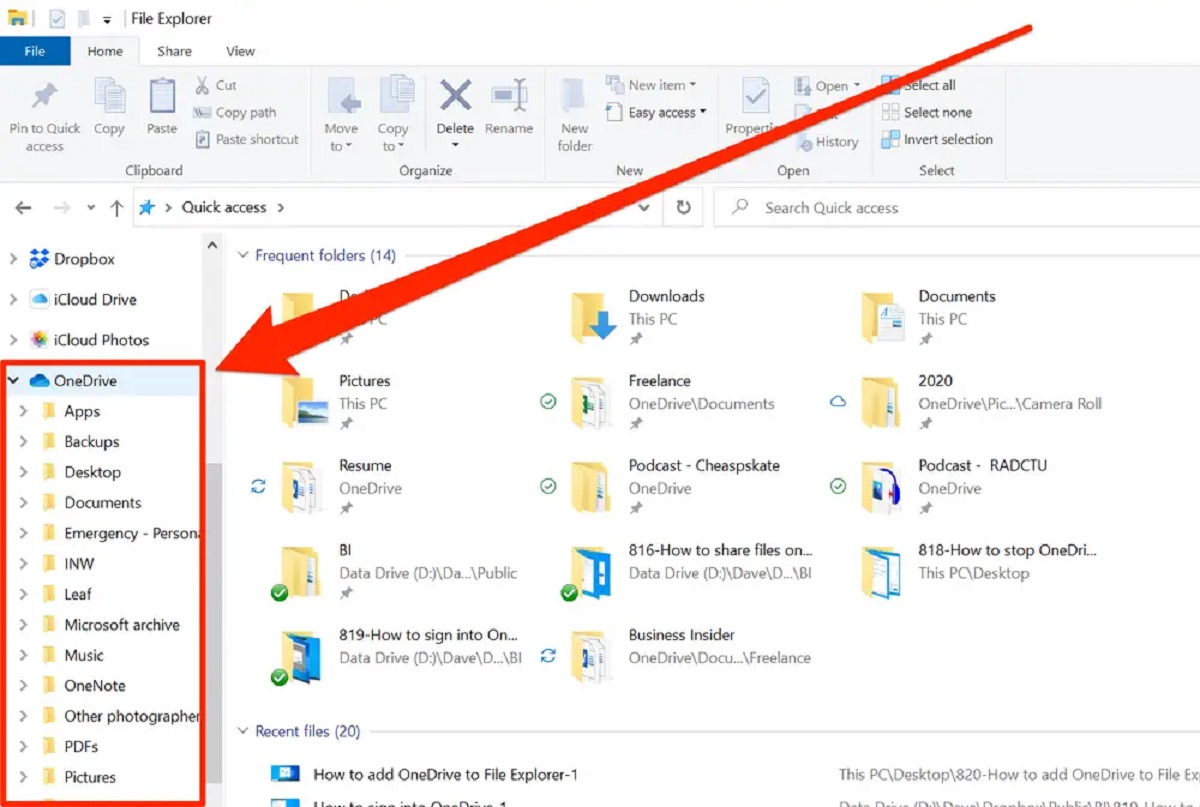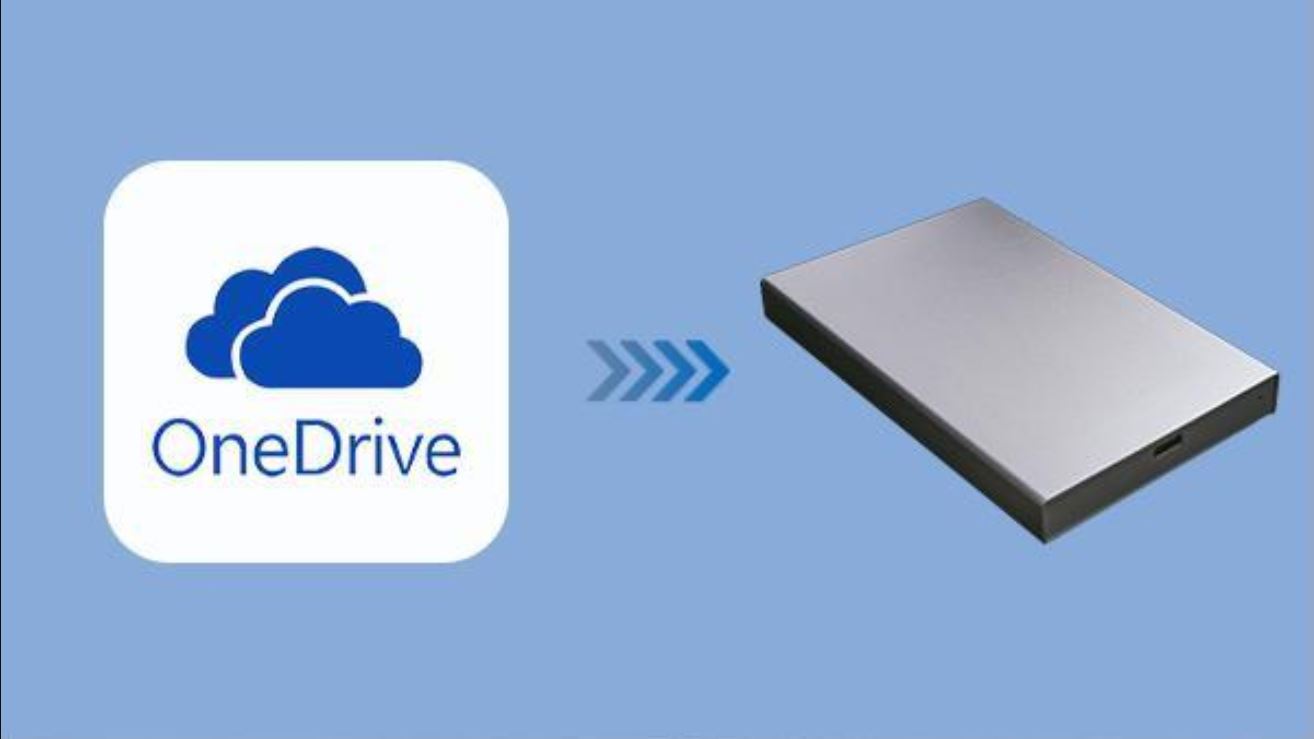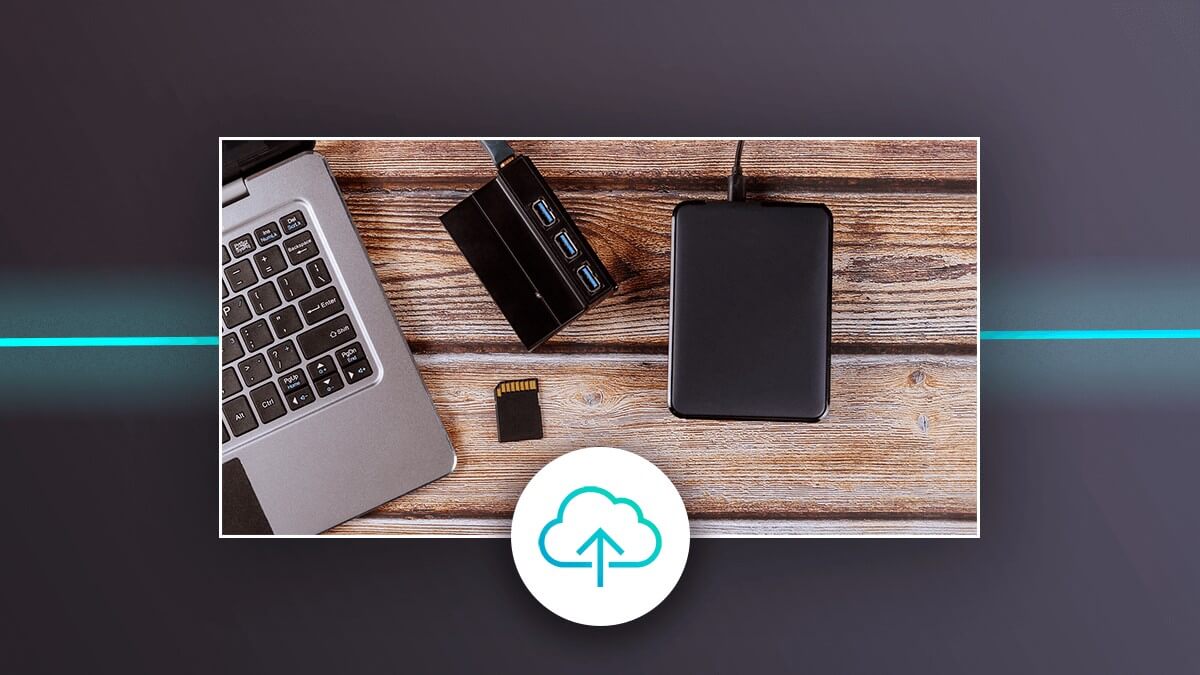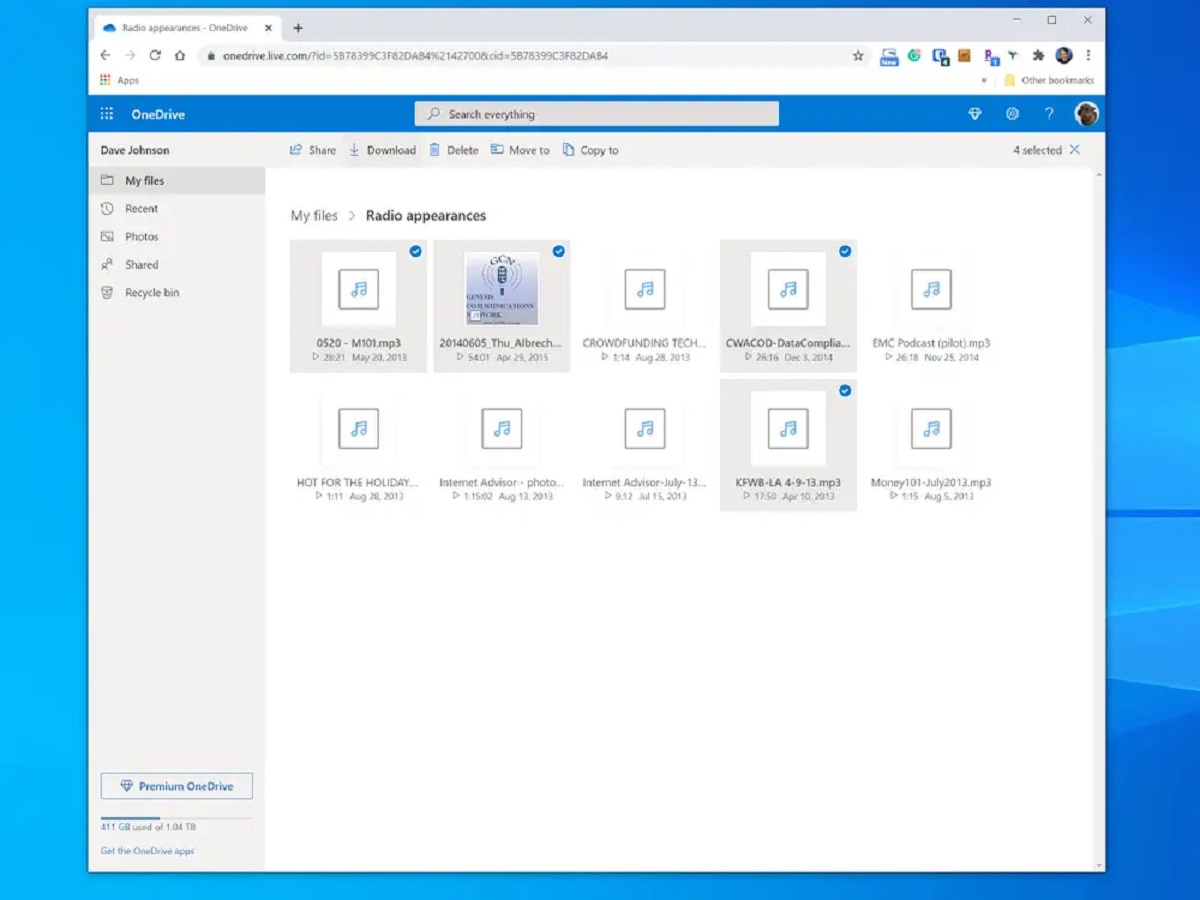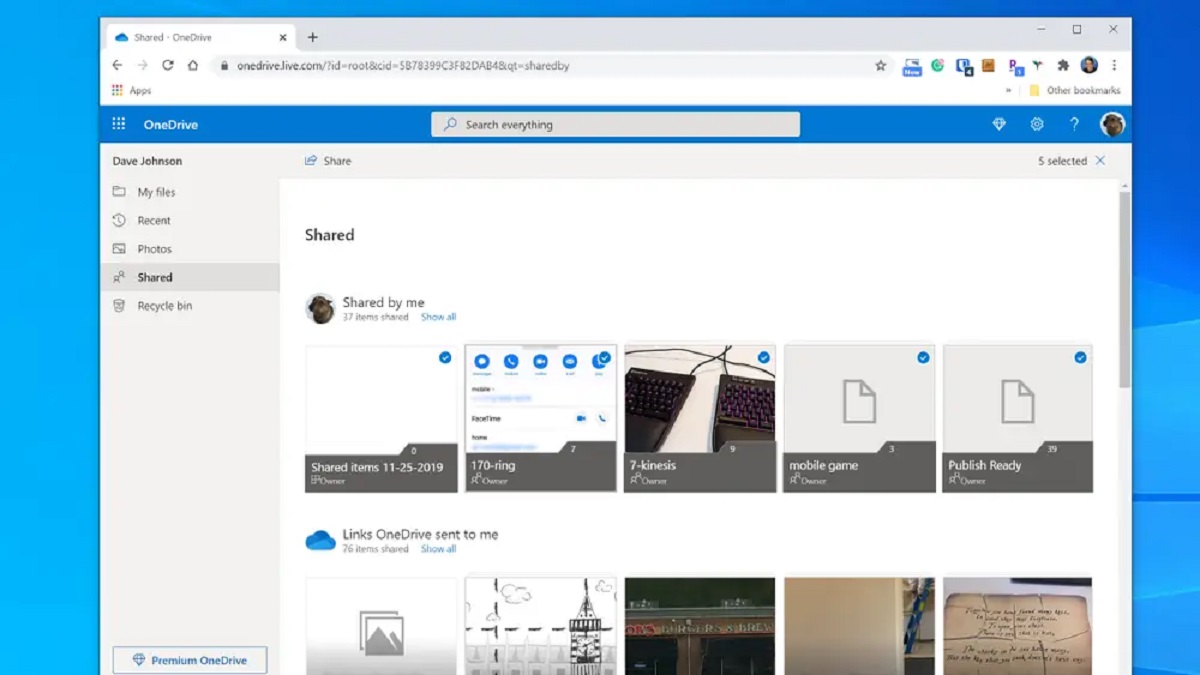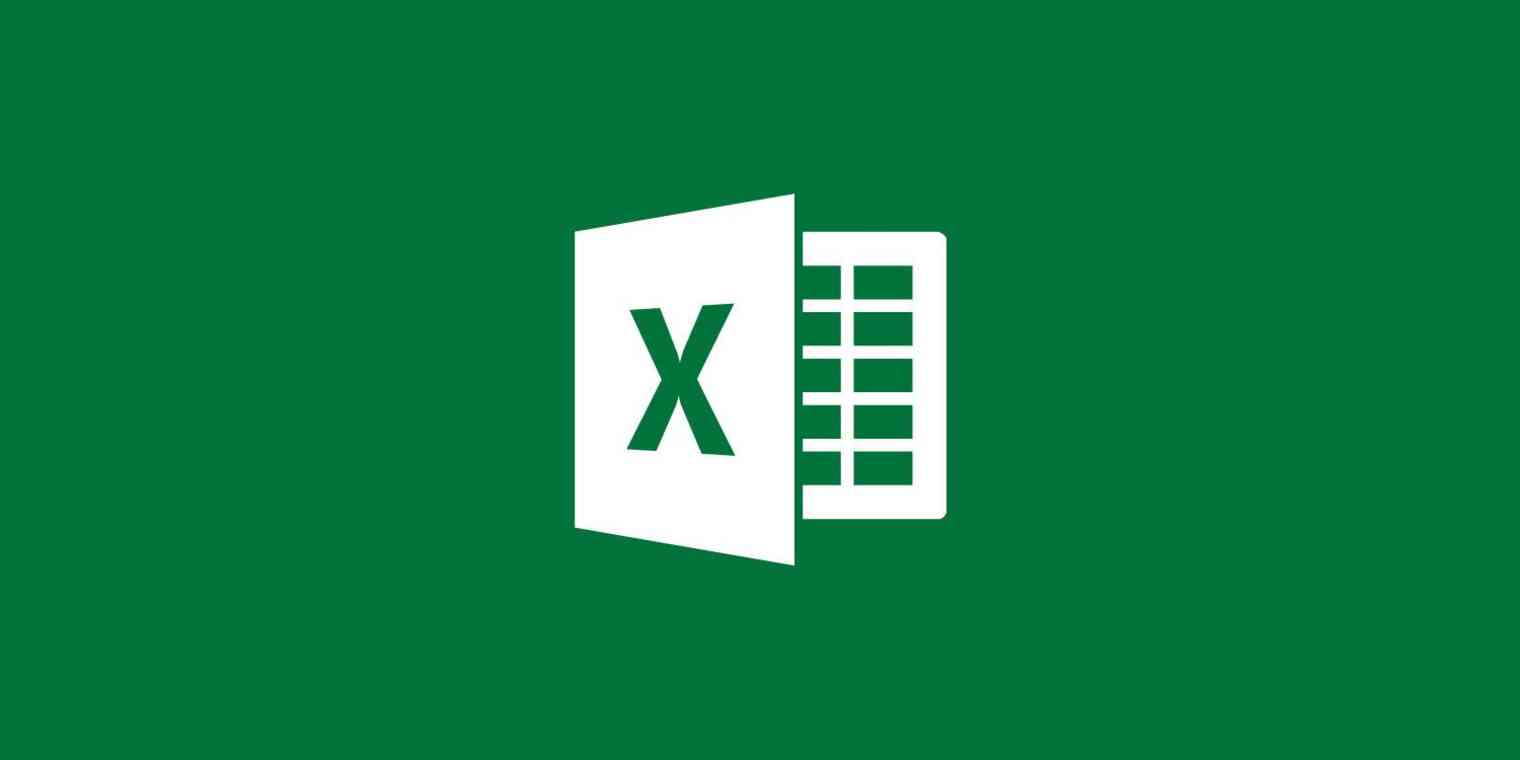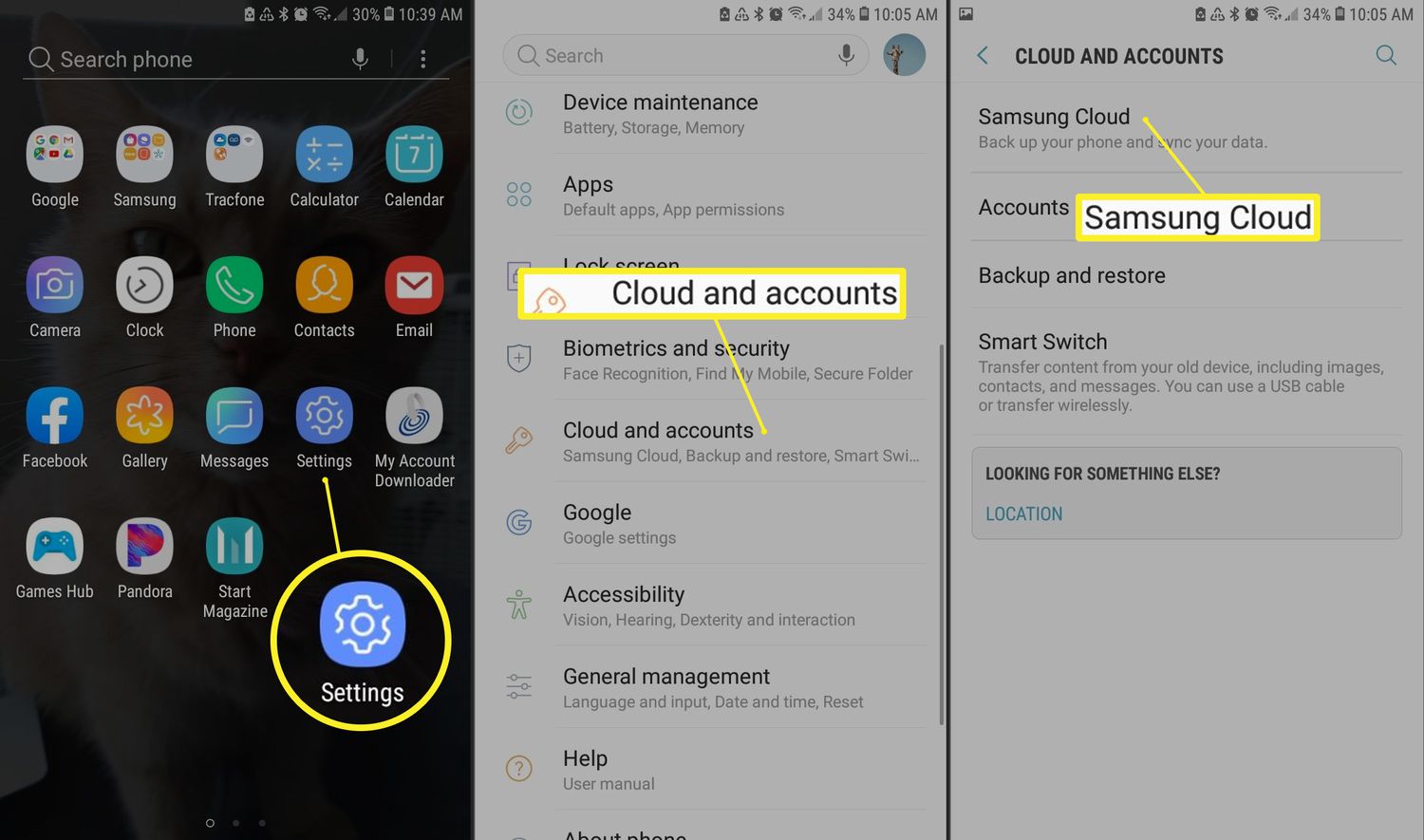Introduction
Welcome to this comprehensive guide on how to download files from OneDrive. OneDrive is a cloud storage platform that allows you to store and access your files from anywhere. Whether you need to download a single file or an entire folder, this step-by-step tutorial will show you how to do it.
Downloading files from OneDrive is a simple process that can be done through the OneDrive website or the OneDrive desktop app. With just a few clicks, you can have your files downloaded and ready to use offline.
In this guide, we will walk you through the process of accessing the OneDrive website, locating the file you want to download, and downloading it to your computer. We will also cover how to download multiple files or folders, adjust download settings, and download files from the OneDrive desktop app.
Whether you are using OneDrive for personal or professional purposes, knowing how to download your files is essential. By the end of this tutorial, you will have the knowledge and skills to confidently download files from OneDrive and take full advantage of this versatile cloud storage platform.
Step 1: Accessing the OneDrive Website
The first step in downloading files from OneDrive is accessing the OneDrive website. Follow these steps to get started:
- Open your preferred web browser and visit the OneDrive website. You can do this by typing “onedrive.com” in the address bar.
- If you already have a Microsoft account, enter your email address and password to sign in. If you don’t have an account, click on the “Sign up for free” link and follow the prompts to create a new account.
- Once you are signed in, you will be redirected to your OneDrive dashboard. Here, you can see all your files and folders.
Now that you have successfully accessed the OneDrive website, you are ready to proceed to the next step and locate the file you want to download.
Remember to keep your login credentials secure and avoid using public computers or shared devices to access your OneDrive account, especially when dealing with sensitive files. Your files are important and should be accessed from trusted devices to ensure the privacy and security of your information.
Step 2: Locating the File
After accessing the OneDrive website, the next step is to locate the specific file that you want to download. To find the file, follow these instructions:
- Once you are on the OneDrive dashboard, navigate through the folders to find the location of the file you wish to download. You can click on the folders to expand them and view their contents.
- If you know the name of the file, you can use the search bar at the top of the page to quickly locate it. Simply type in the name and press enter, and the results will show any files that match your search.
- Alternatively, if you recently accessed the file or folder, you can check the “Recent” section on the left-hand side of the page. This section displays the files that you have recently worked with, making it easier to find and access them quickly.
OneDrive offers a user-friendly interface that allows you to organize your files into folders for easy navigation. Take advantage of the folder structure to keep your files organized and locate them easily whenever you need to download or work with them.
It is worth noting that if the file is located inside a shared folder, you may need appropriate permissions to access and download it. In such cases, make sure you have the necessary permissions or contact the owner of the shared folder to grant you access.
Step 3: Downloading a Single File
Once you have located the file you want to download, follow these steps to download it from OneDrive:
- Click on the file to select it. The file will become highlighted or marked in some way to indicate that it is selected.
- With the file selected, look for the “Download” option in the toolbar at the top of the page. It may be represented by a down arrow icon or a button labeled “Download”.
- Click on the “Download” option, and the file will start downloading to your computer. The file will usually be saved to your computer’s default download location, unless you specify a different location.
- Wait for the download to complete. The speed of the download will depend on the size of the file and the speed of your internet connection. Larger files may take longer to download.
- Once the download is complete, you can access the file on your computer by navigating to the location where it was downloaded to.
Downloading a single file from OneDrive is a straightforward process. By following these steps, you can quickly and easily download the file to your computer and use it offline as needed.
It is important to note that if the file is being shared with you and the owner of the file makes any changes to it after you download it, your downloaded version will not automatically update. To ensure you have the most up-to-date version of the file, consider periodically re-downloading it or using the OneDrive desktop app for real-time syncing.
Step 4: Downloading Multiple Files or Folders
If you need to download multiple files or even entire folders from OneDrive, follow these steps:
- Begin by selecting the files or folders you want to download. To select multiple files, hold down the Ctrl key (or Command key on a Mac) and click on each file you want to select. To select an entire folder, simply click on the folder.
- Once you have selected the desired files and folders, locate the “Download” option in the toolbar at the top of the page. This option may be represented by a down arrow icon or a button labeled “Download”.
- Click on the “Download” option, and OneDrive will start preparing the files and folders for download. Depending on the size and number of files, this may take some time.
- Once the preparation is complete, OneDrive will create a compressed (ZIP) file containing all the selected files and folders. The compressed file will usually be saved to your computer’s default download location.
- Navigate to your computer’s default download location or wherever the compressed file was saved. Extract the files and folders from the compressed file to access them on your computer.
Downloading multiple files or folders from OneDrive is a convenient way to download a batch of files at once. This is particularly useful when you need to download several related files or when you want to backup or transfer multiple files simultaneously.
Keep in mind that the size of the compressed file will depend on the total size of the selected files and folders, so make sure you have enough disk space available on your computer before starting the download.
If you need to download files and folders regularly or want a more seamless experience, consider using the OneDrive desktop app for automatic syncing between your computer and OneDrive. This app allows you to easily access and manage your files without the need for manual downloads.
Step 5: Adjusting Download Settings
OneDrive provides various download settings that you can adjust to customize your download experience. Here’s how you can make changes to the download settings:
- Start by accessing the OneDrive website and signing in to your account, if you haven’t done so already.
- Once you are on the OneDrive dashboard, click on the gear icon in the top-right corner of the page to open the settings menu.
- In the settings menu, select “Options” or “Settings” to access the OneDrive settings.
- Navigate to the “Download” or “Sync” section of the settings, depending on the OneDrive version you are using.
- Here, you will find various download options that you can configure. These options may include choosing the default download location, enabling or disabling the download confirmation prompt, and adjusting the behavior when downloading multiple files or folders.
- Make any desired changes to the download settings according to your preferences.
- Click on the “Save” or “Apply” button to save your changes.
By adjusting the download settings in OneDrive, you can tailor the download experience to suit your needs. Whether you want your files to be automatically downloaded to a specific location or prefer to be prompted before each download, these settings allow you to customize your OneDrive download preferences.
Additionally, if you are using the OneDrive desktop app, you can adjust the download settings within the app itself. Right-click on the OneDrive icon in the system tray or taskbar, select “Settings,” and navigate to the “Files” or “Download” tab to access the download settings specific to the desktop app.
Remember to review and adjust the download settings whenever necessary to ensure your OneDrive downloads are aligned with your requirements and preferences.
Step 6: Downloading Files from the OneDrive Desktop App
In addition to the web version of OneDrive, you can also download files directly from the OneDrive desktop app. Here’s how you can do it:
- If you haven’t done so already, install the OneDrive desktop app on your computer. You can download it from the Microsoft website or from the app store of your operating system.
- Once the OneDrive desktop app is installed, sign in to your Microsoft account associated with OneDrive.
- Navigate to the OneDrive folder on your computer. This folder is typically located in the File Explorer (Windows) or Finder (Mac).
- Within the OneDrive folder, you will find all your files and folders stored in the cloud.
- To download a file, simply locate it within the OneDrive folder and double-click on it. The file will be downloaded to your computer and saved in the specified location.
- If you want to download multiple files or folders at once, you can select them by holding down the Ctrl key (or Command key on a Mac) and clicking on each file or folder. Right-click on the selected items, choose “Download,” and the files will be downloaded to your computer.
Using the OneDrive desktop app provides an efficient way to manage and download your files. The app automatically syncs your files between your computer and the cloud, ensuring that you always have the most up-to-date versions of your files.
In addition to manual downloads, the OneDrive desktop app also allows you to selectively sync folders to your computer. This means that you can choose which folders to sync, saving valuable disk space on your computer while still having access to all your files through the app.
By utilizing the OneDrive desktop app, you can easily download and manage your files directly from your computer, making it a convenient option for those who prefer working offline or need quick access to their files.
Conclusion
Downloading files from OneDrive is a simple and convenient process that allows you to access your files offline and work with them on your own terms. Whether you need to download a single file, multiple files, or even entire folders, the steps outlined in this guide will help you navigate the OneDrive website and desktop app seamlessly.
By accessing the OneDrive website, you can easily locate the files you want to download and initiate the download process with just a few clicks. Whether you know the file’s location or need to search for it, OneDrive provides a user-friendly interface to streamline the process.
For downloading multiple files or folders, you can select them all at once and have OneDrive compress them into a single ZIP file for easier download and organization on your computer.
Additionally, you can adjust download settings to customize your OneDrive experience, including choosing the default download location, enabling download confirmation prompts, and configuring behavior for downloading multiple files or folders.
If you prefer a more seamless and automatic approach to downloading files, the OneDrive desktop app offers real-time syncing of your files between your computer and the cloud. This allows you to access and manage your OneDrive files directly from your computer’s file explorer or finder.
Now that you’ve mastered the art of downloading files from OneDrive, you can confidently store, retrieve, and work with your files in a way that best suits your needs. Enjoy the flexibility and convenience that OneDrive has to offer as you continue to navigate the world of cloud storage and collaboration.









